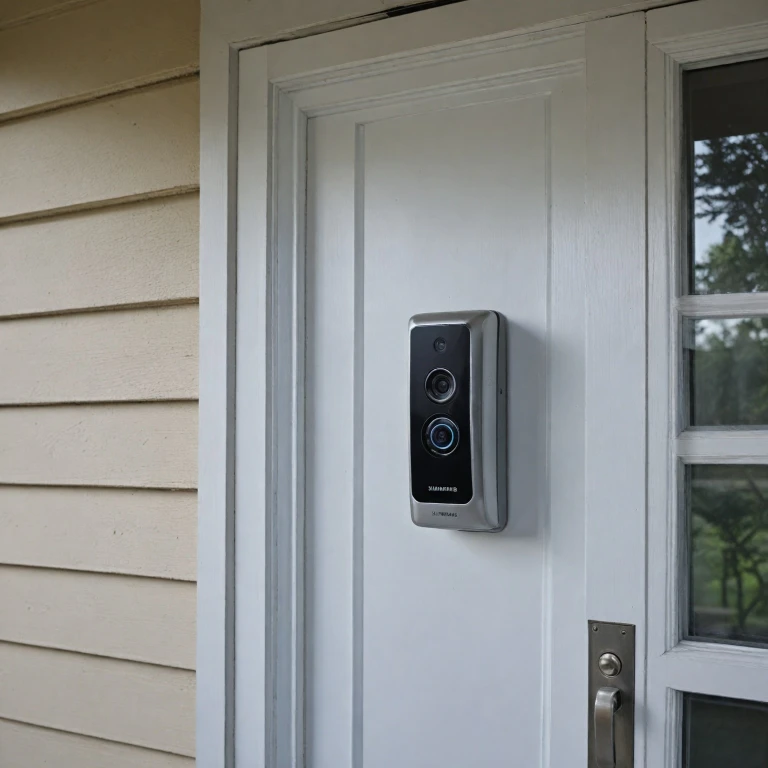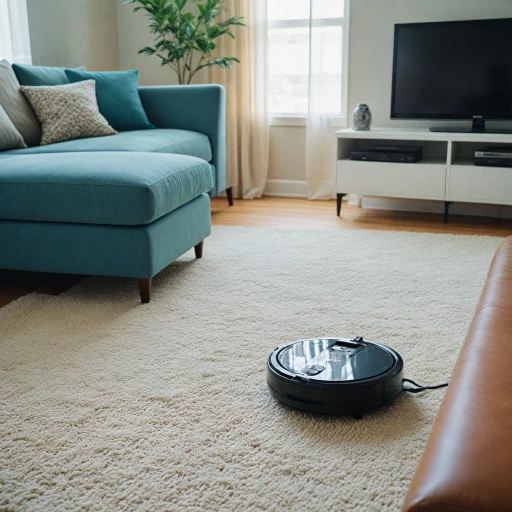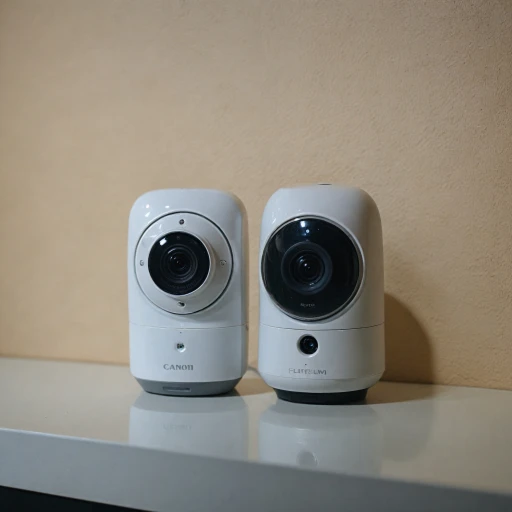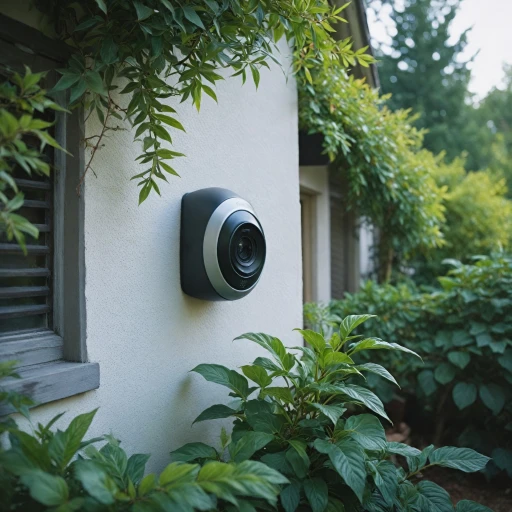
Understanding Ring Cameras
Overview of Ring Camera Technology
Ring cameras have become a popular choice for homeowners seeking to enhance their security. These devices are known for their ability to effectively monitor and capture video footage around your home, providing peace of mind. With features like motion detection, live video streaming, and compatibility with other Ring devices such as the Ring doorbell, these security cameras form a comprehensive home security solution.The Functionality of Ring Cameras
Ring cameras are designed to capture high-quality video footage and provide real-time alerts. This is achieved through the seamless integration of advanced technology and user-friendly interfaces. Each camera connects to a network, typically wirelessly, allowing homeowners to access footage and receive notifications directly through the Ring app on their smartphones or tablets. This connectivity is central to the cameras' operation and effectiveness. Ring cameras work by using a combination of hardware and software to capture and process data. The video captured by these devices can be stored locally or uploaded to the cloud for easier access and archiving. If you’re interested in learning more about long-range capabilities and other distinguishing features, exploring options such as long-range wireless video cameras can provide more insight.Integration with Home Networks
The performance of Ring cameras heavily relies on a stable internet connection. This connection is often facilitated through your home WiFi network, enabling the camera to transmit data to and from the cloud. Maintaining a reliable WiFi connection ensures that your video feed remains uninterrupted and that you can access live video or stored footage anytime. Understanding the technology behind Ring cameras is crucial as you consider the best methods to integrate these devices into your home security system. Whether you are looking for seamless mobile access or interested in local and cloud storage options, knowing the fundamentals of how these cameras work will help in optimizing their use and ensuring safety and security for your home.The Role of WiFi in Ring Cameras
Understanding the Importance of an Internet Connection
Most modern Ring cameras, including security cameras and video doorbells, are designed to function optimally with a reliable wifi connection. The key reason is that these devices primarily operate through a wireless network for real-time data transmission and remote management.
When a Ring camera is connected to your internet, it can send live video feeds to your Ring app, giving you the ability to view activities in real-time. This connection also enable crucial features such as motion alerts and two-way audio communication. With these capabilities, you can connect with visitors at your doorstep even when you're not at home.
How Ring Devices Leverage the Data Connection
The wifi setup allows your Ring device to store video footage in the cloud, ensuring you can access recordings later. While local storage is not an option with Ring's basic offerings, having video saved on the cloud presents a more secure and accessible way to manage your clips. This functionality can be essential in providing credible evidence to authorities if necessary, or to report inappropriate incidents.
Moreover, the wifi connection facilitates the seamless integration between your Ring alarm system and other Ring devices, streamlining the overall security solutions for your home.
When considering security solutions, acknowledging the power of a stable internet connection is pertinent, as it significantly affects how your cameras work. For a thorough understanding of how wireless security cameras compare to wired setups in terms of connectivity and performance, feel free to explore further resources.
Alternatives to WiFi Connectivity
Exploring Connection Alternatives for Ring Cameras
In scenarios where a WiFi connection might not be feasible or reliable for your Ring cameras, there are alternative methods to ensure your security system continues to operate seamlessly. While the role of the WiFi in enabling functions like live video feed and real-time alerts is paramount, other options can be considered.
One such alternative is the use of mobile data connections. Some Ring devices, particularly those equipped with a video doorbell or security camera built-in SIM card slots, can utilize cellular data to maintain network connectivity. This method ensures consistent security camera operations even when conventional WiFi connectivity is challenged.
Another approach involves setting up a local network through a dedicated router. By configuring a local storage solution or employing professional monitoring services, users can store security footage directly onto physical devices rather than relying solely on cloud-based storage. This method minimizes dependability on third-party internet connections and negates potential breaches that can compromise data security.
Additionally, when considering alternatives, it is crucial to ensure that your cameras work effectively, regardless of the network connection type. Testing the capabilities and settings of your Ring camera within your security framework will provide insights into how well the system performs without WiFi. Always feel free to report inappropriate content or issues with service providers to maintain optimal security levels.
In conclusion, while a stable internet connection amplifies the functionality of home security camera systems, exploring additional connectivity options can offer robust solutions tailored to your specific environment.
Pros and Cons of Using WiFi with Ring Cameras
Advantages and Drawbacks of Utilizing WiFi Connectivity
WiFi connectivity undeniably offers several benefits for ring cameras, enhancing their functionality significantly. It allows the security camera to transmit data seamlessly over the internet, providing real-time video streaming and notifications to connected devices through the Ring app. This feature is incredibly advantageous for homeowners who want to monitor their properties remotely.
With WiFi, ring cameras can store footage on the cloud, eliminating the need for local storage devices, which might be limited and cumbersome. Through this internet connection, users can also access their security cameras from anywhere with an internet connection, ensuring a comprehensive view of their property's security status.
However, while the convenience of wireless connectivity cannot be overstated, it isn't without its downsides. One primary concern is the dependency on a stable WiFi connection and a reliable router. Without these, the security camera may not function optimally, leading to potential gaps in security. Additionally, WiFi networks can be vulnerable to hacking if not properly secured, potentially exposing videos and data to inappropriate content threats.
There are also concerns about bandwidth usage. Video doorbells and other ring devices transmitting high-definition videos can consume significant amounts of internet data, affecting the performance of other connected devices on the same network. This, in turn, might result in increased charges from service providers, especially if there are strict data limits.
Finally, while the live video feature is beneficial, the quality of video transmission may vary with the strength of the WiFi signal. Poor network strength could lead to annoying interruptions and reduced video quality, impeding the ability to work efficiently with the ring alarm system.













